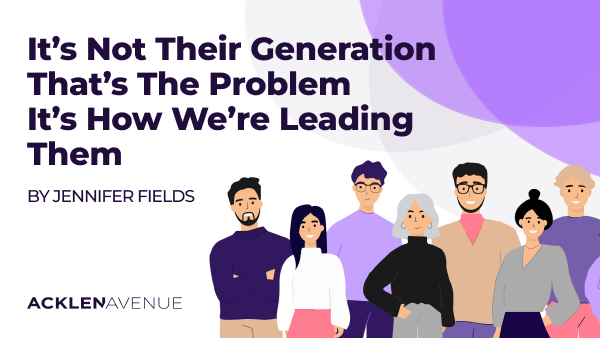
July 14, 2025
Searching for Gold (Standards) With Agentic Coding
April 23, 2025

Share:
I remember a time when I was the youngest person on my development team. Comments about everything “wrong” with my generation were constant—and honestly, confusing.
One incident still stands out.
A manager approached me with a project and said:
“If you commit to completing this in two weeks, I’ll give you a bonus.”
I declined.
He was furious.
He ranted for several minutes about how my generation had no work ethic and took no ownership.
I was stunned.
From my perspective, I was being incredibly responsible.
I hadn’t even been told what the project entailed—how could I commit to a timeline for something I didn’t understand?
That moment marked the beginning of a realization:
It wasn’t just me they didn’t understand—it was an entire generational disconnect.
Over the years, I faced repeated frustration from leaders who couldn’t grasp why I wasn’t motivated by money or by the carrot-and-stick approaches that had worked for them in the past.
What I came to see is that they weren’t failing intentionally.
They were trying to lead me the only way they knew how—and it wasn’t working.
Now, twenty years later, the roles have reversed. I lead teams made up of people from four different generations:
Boomers
Gen X
Millennials
Gen Z
And I’m thankful that I remember what it felt like to be misunderstood.
Rather than become hardened or cynical, I’ve chosen to lean into what generational diversity offers.
When you lead across multiple generations, you quickly realize:
But those very differences—when embraced—are what elevate a team.
When you combine decades of experience with fresh thinking and modern tools, you get a team capable of innovation and execution.
One of the most rewarding aspects of leading generationally diverse teams is the mutual mentoring that happens—when we allow it.
If we, as leaders, model curiosity and humility, our teams will mirror that behavior.
We have a responsibility to build environments where:
It starts with us.
If we want generational diversity to be a strength rather than a stumbling block, we must lead differently.
I encourage you to evaluate the generational diversity of your teams and lean into learning about each generation—in service of providing folks from every generation a lane where they can feel valued for their uniqueness, instead of resented and tolerated like I did.